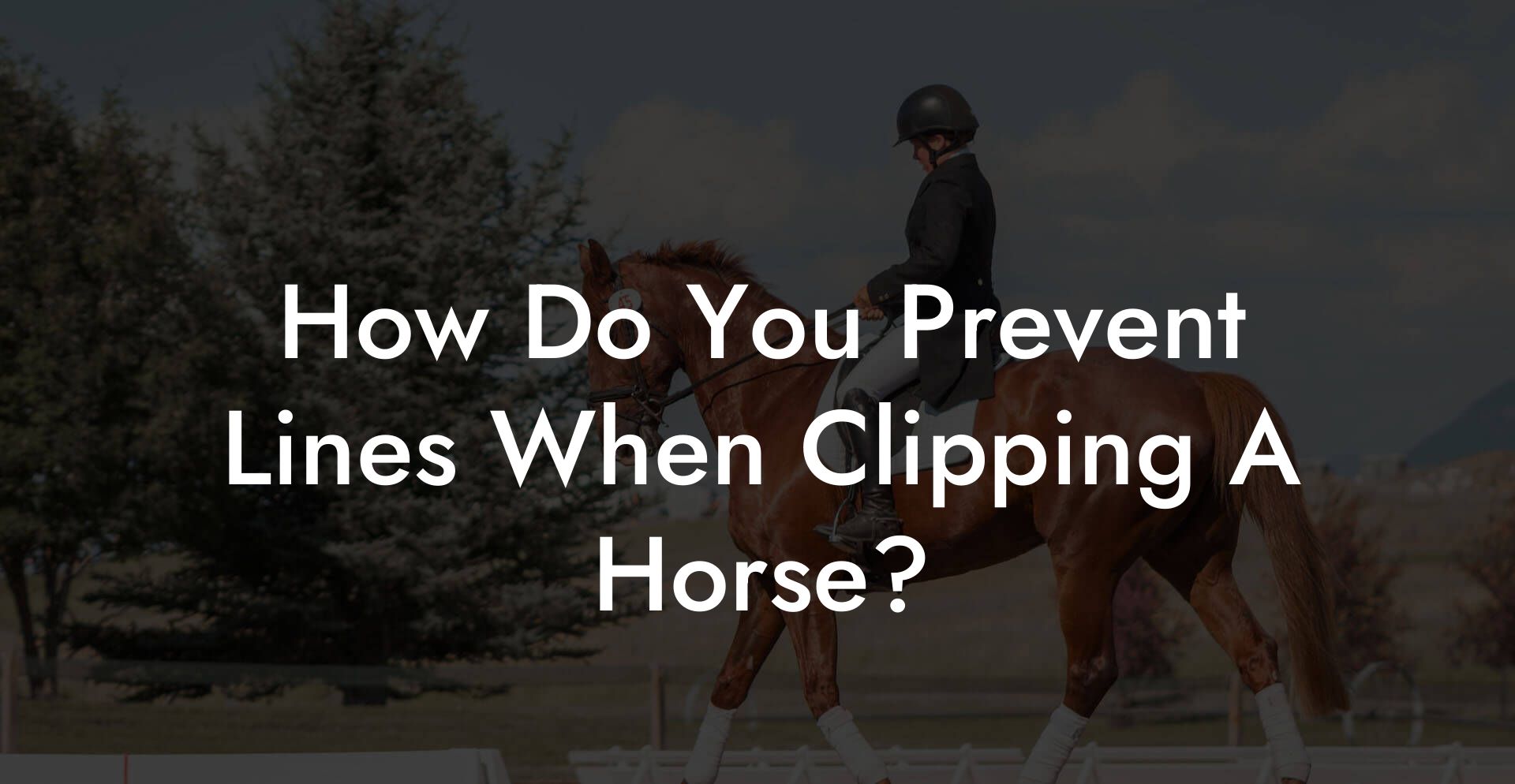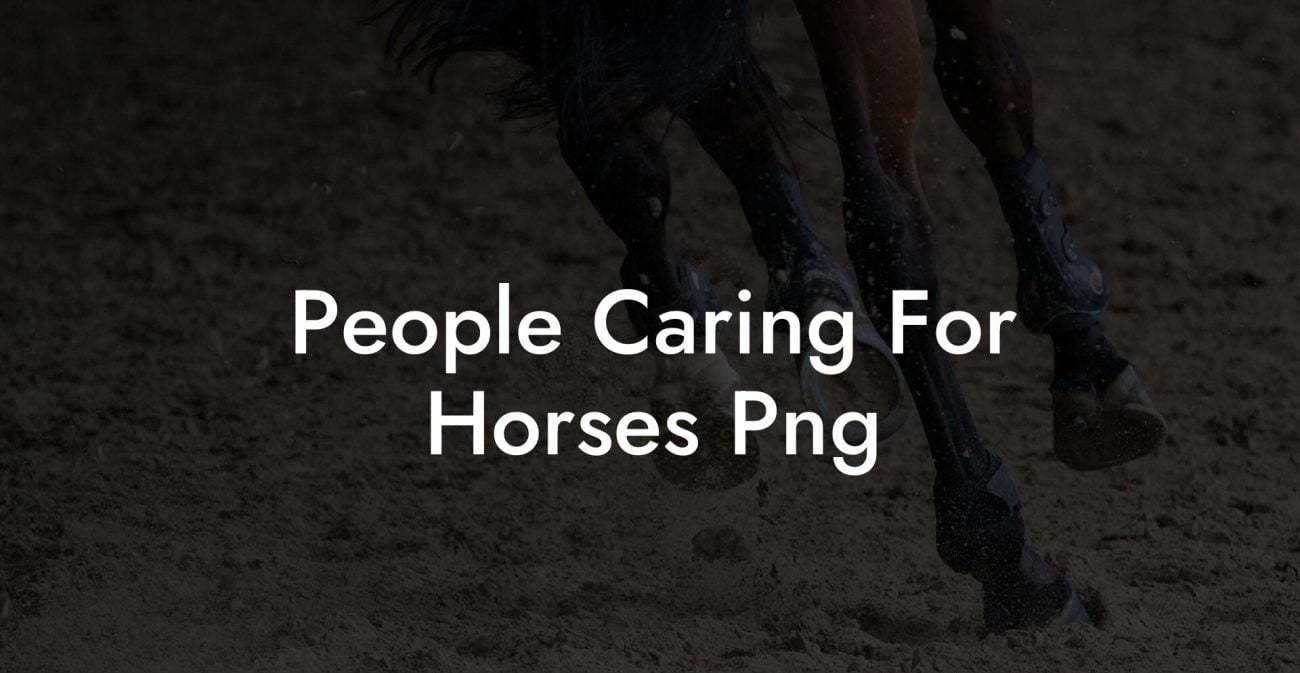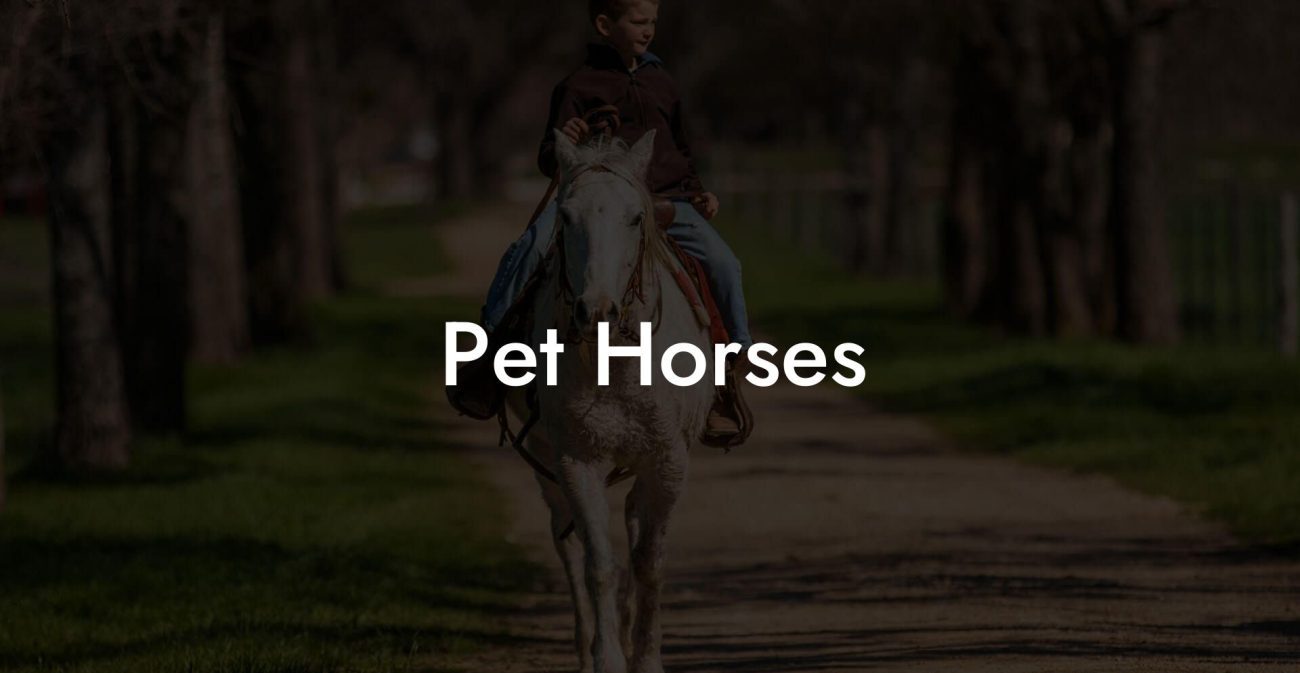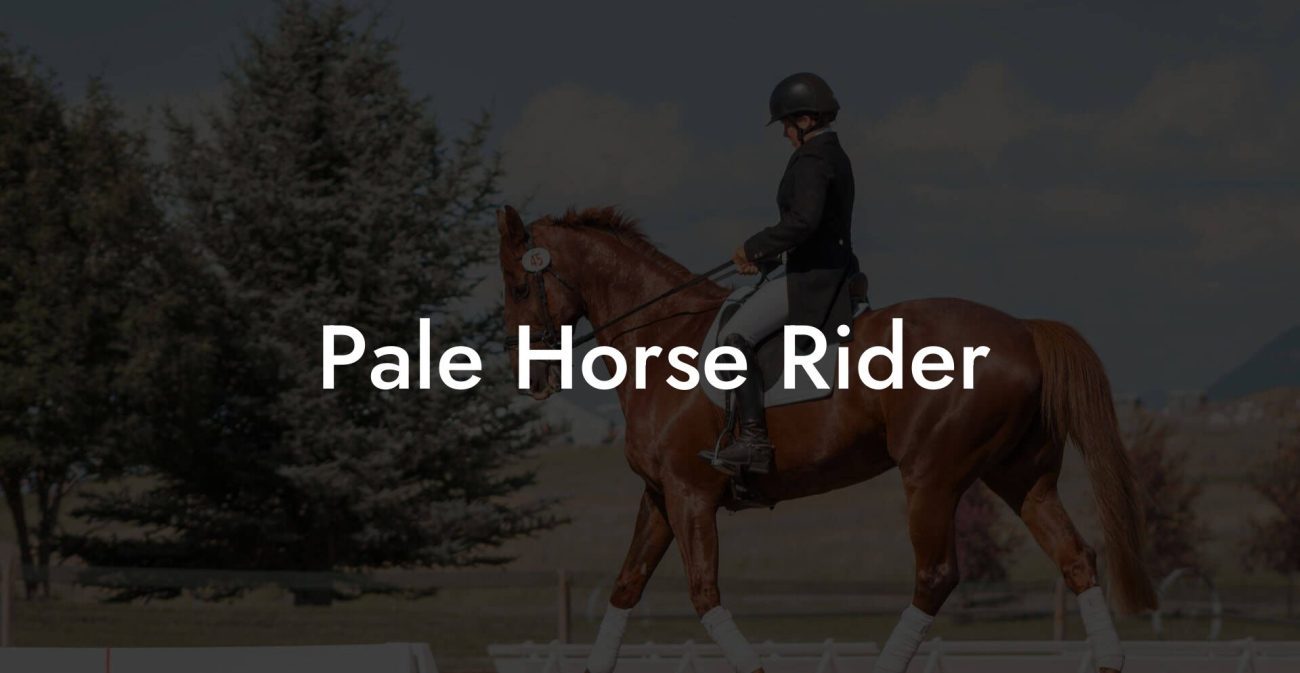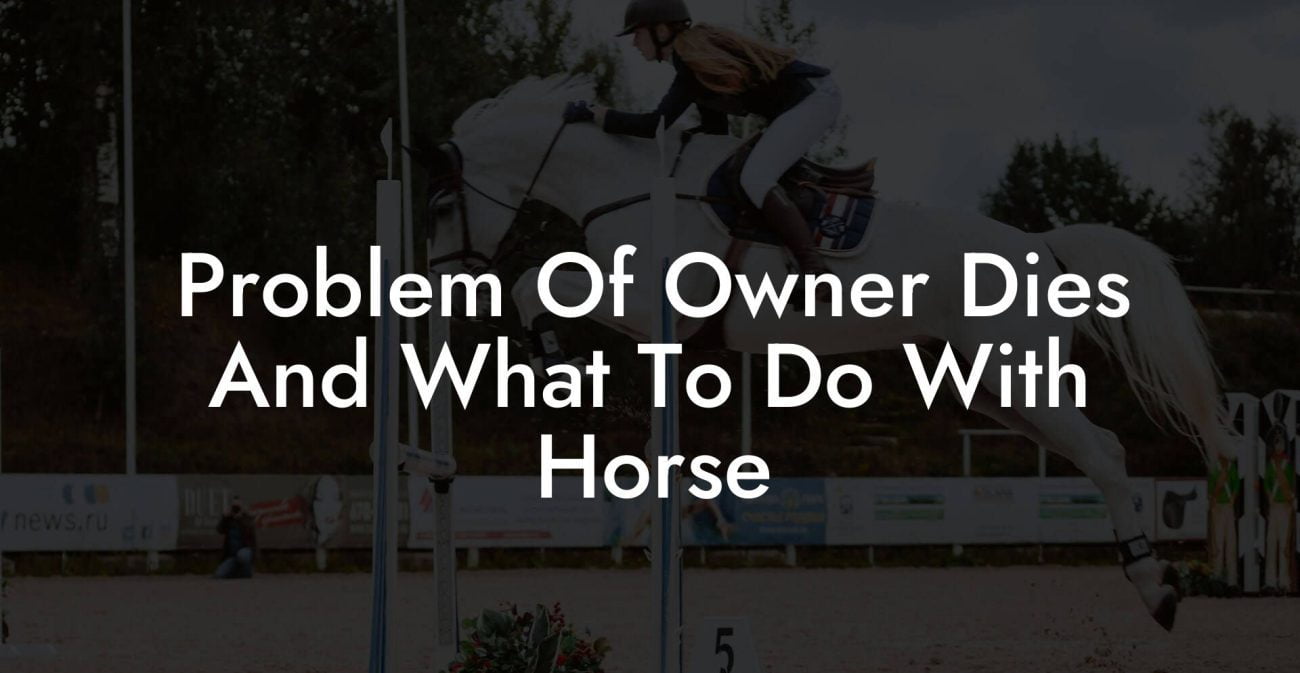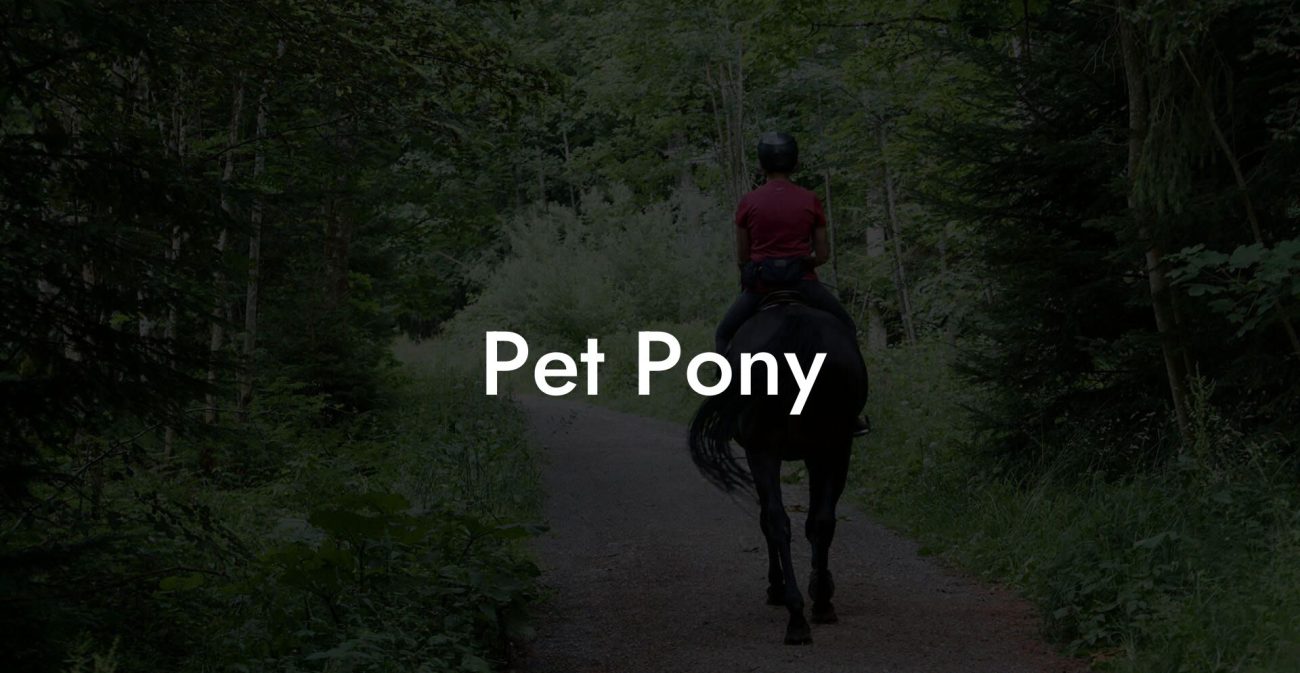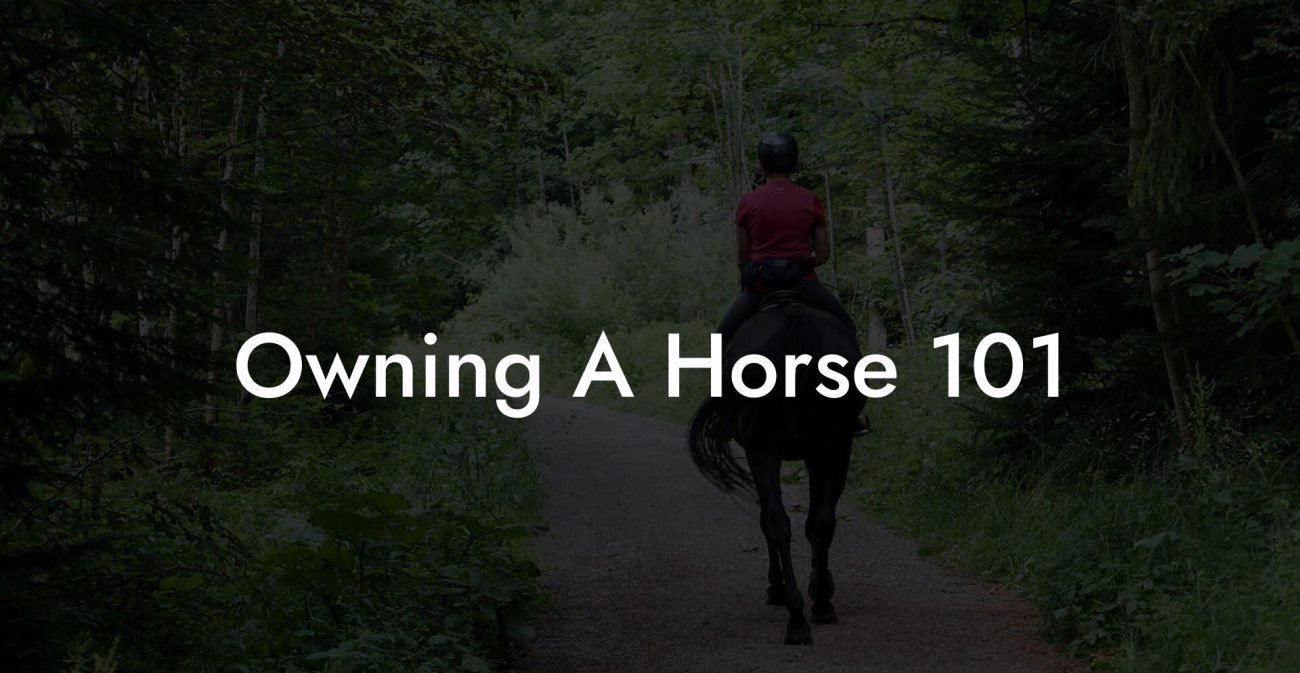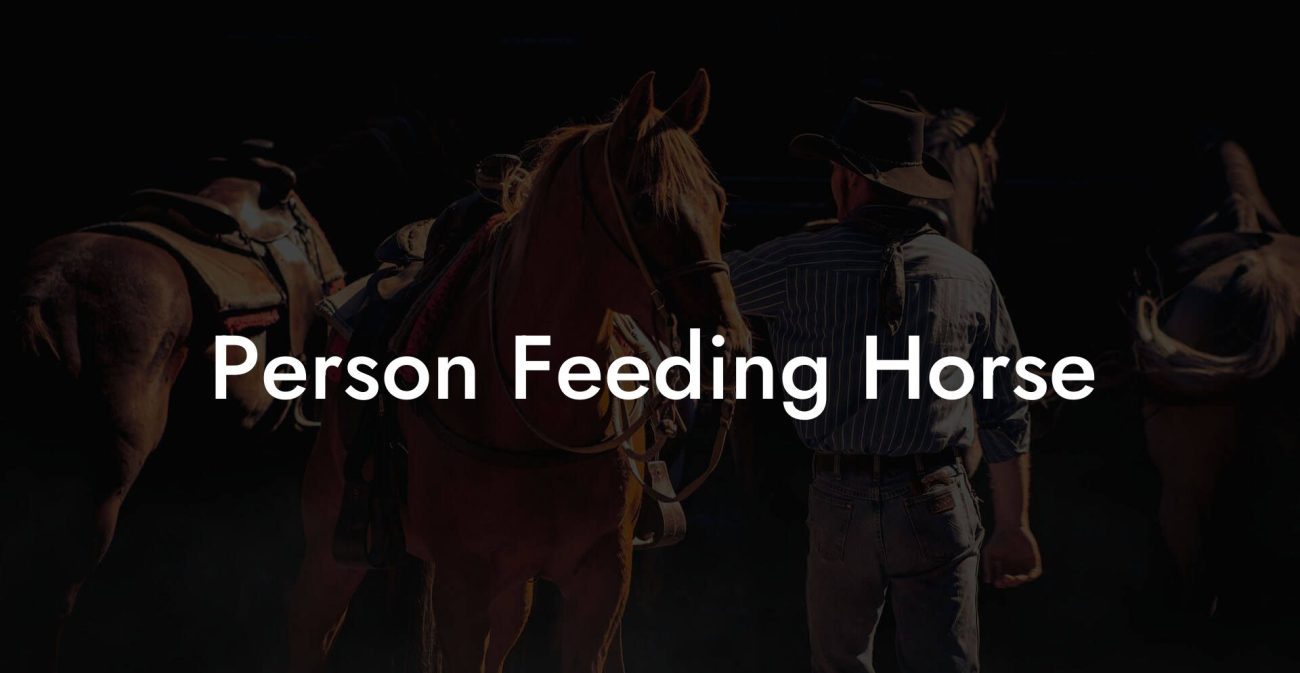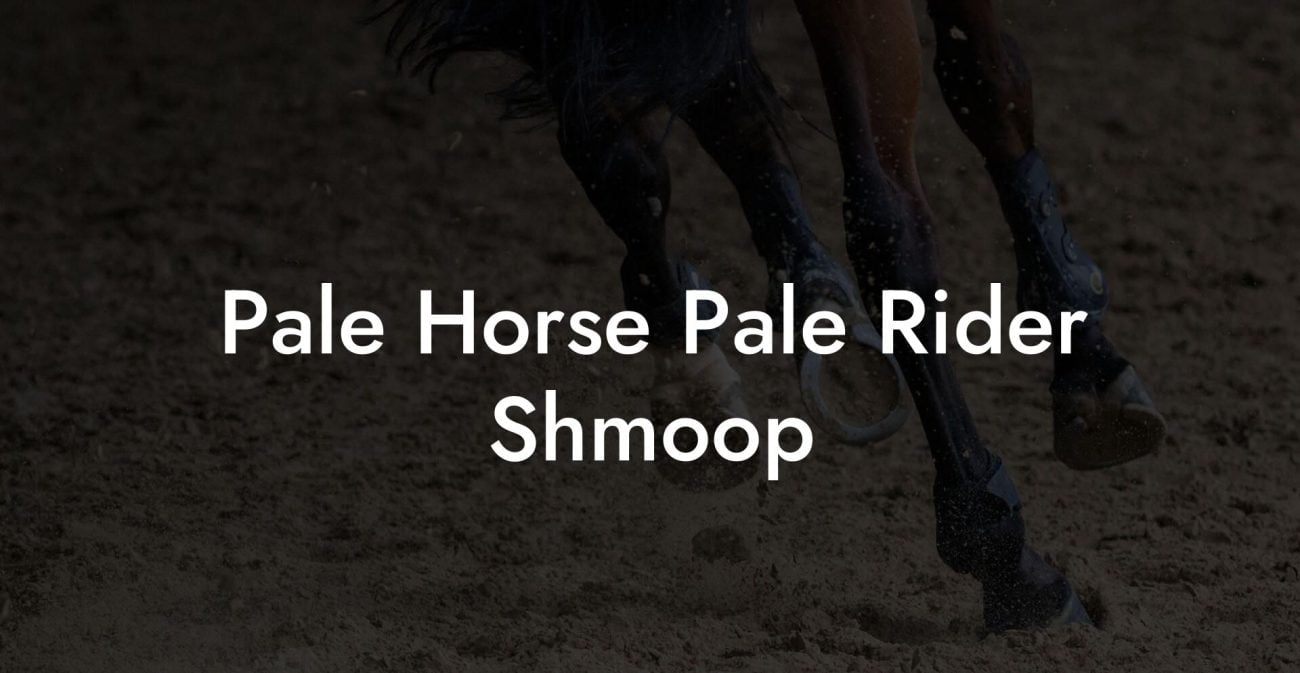A well-groomed horse not only looks fantastic but also feels good and eventually performs better. Clipping is one of the crucial steps in maintaining your horse's coat, ensuring good hygiene while promoting the overall well-being of your equine friend. However, one of the most common problems horse owners face when clipping is the presence of uneven lines and marks on the coat. Worry no more! In this practical guide, we will share the essential tips on how to prevent lines when clipping a horse, along with some realistic examples, ensuring a smooth and flawless finish.
How Do You Prevent Lines When Clipping A Horse Table of Contents
For a successful clipping session, follow these steps:
1. Prepare your horse
Before starting the actual clipping process, make sure your horse is clean and free of dirt and debris. A dirty coat will not only affect the quality of clipping but also dull your clipper blades. Invest some time to groom your horse thoroughly, removing all loose hair, dust, and dirt. Pro tip: use a clean cloth dampened with water or baby oil to wipe the coat for removing fine dust particles.
2. Choose the right clipper blades
Selecting the appropriate clipper blade is crucial for achieving a smooth, even finish. Depending on the thickness of the horse's coat and the desired length of the clipped hair, various sizes and types of clipper blades are available. Generally, a medium (size 10) or coarse (size 7) blade is suitable for most horse coats. Sharp clipper blades make the job much more manageable and ensure clean cuts, avoiding lines.
3. Familiarise your horse with the clipper
The buzzing sound and vibration of a clipper can be unsettling for many horses, especially if they aren't used to being clipped. Introduce the clipper to your horse beforehand, allowing them to get accustomed to the sound and feel. Doing this will not only save you time but make the whole process stress-free for your horse.
4. Plan your clipping pattern
Knowing the path you will take while clipping can help prevent lines and keep the process methodical. Start by clipping the larger areas, such as the neck, chest, and hindquarters, moving in long, continuous strokes. Then, move on to the legs and face, paying attention to details. Pro tip: follow the direction of the hair growth for a smoother finish.
How Do You Prevent Lines When Clipping A Horse Example
Imagine you're clipping the barrel of your horse (the horse's main body). Start from the top and move downward in the direction of the hair growth, blending the strokes by overlapping them slightly. This technique will allow for better distribution of pressure and prevent distinct lines on the coat.
Taking the time to prepare properly, choosing the right tools, and following the steps mentioned earlier will make your horse clipping experience more enjoyable and stress-free. Moreover, the achievement of a smooth and flawless coat will not only enhance your horse's overall appearance but also boost your confidence as a proud owner. Now that you've mastered the art of clipping, feel free to share your insights with fellow horse owners and explore the many other helpful guides available on How to Own a Horse.

